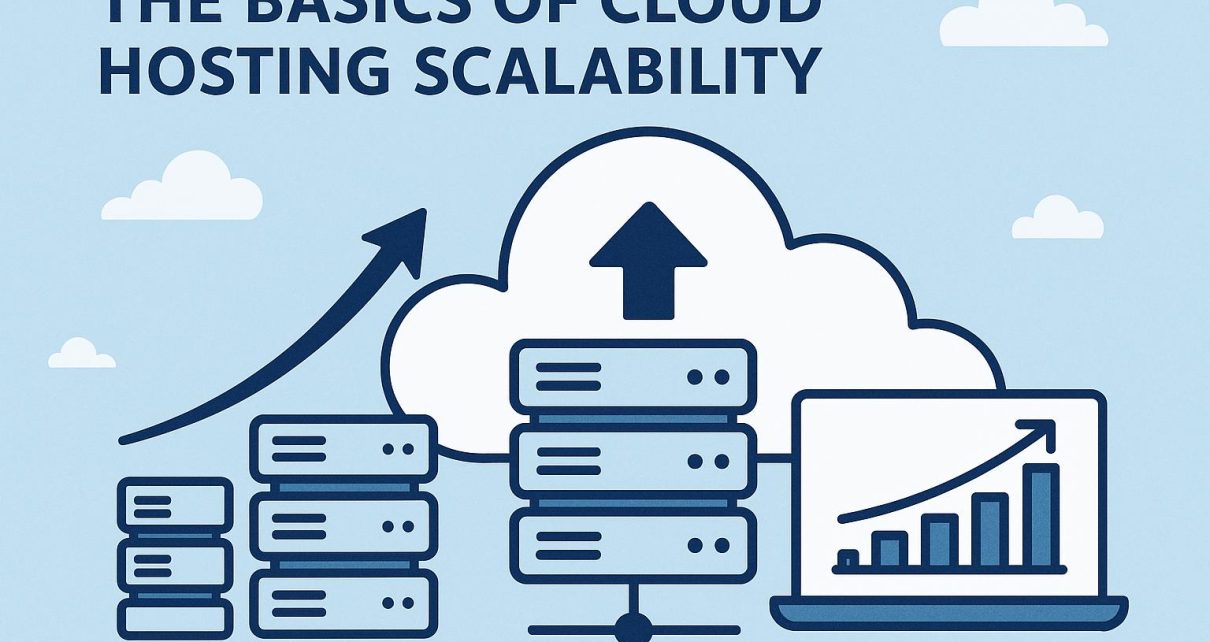Understanding Cloud Hosting Scalability
Cloud hosting scalability is a fundamental feature that sets cloud-based services apart from traditional hosting solutions. It revolves around the capability of a cloud service to dynamically adjust IT resources, either increasing or decreasing them as required to address varying demand levels. This flexibility equips businesses with the ability to manage workloads efficiently, avoiding excessive expenses while ensuring optimal performance.
Types of Scalability in Cloud Hosting
Cloud hosting offers primarily two types of scalability: vertical scalability and horizontal scalability. These two models represent distinct approaches to resource management and play pivotal roles in how businesses strategize their cloud adoption and usage.
Vertical Scalability
Vertical scalability, or scale-up, involves augmenting the power of an existing machine. This could mean adding more CPUs, increasing the memory, or enhancing the storage capacity of the server. The process is relatively straightforward and involves fewer complexities since it’s limited to upgrading an existing system. However, vertical scalability has a ceiling because there are physical limits to how much a single machine can be enhanced. Beyond a certain point, you cannot upgrade the hardware any further. Therefore, while vertical scalability is advantageous for applications that rely on single-server performance, it might not be sufficient for systems that require broader scalability.
Horizontal Scalability
In contrast, horizontal scalability, also known as scale-out, entails adding more machines to your infrastructure, thus distributing the workload across multiple servers. This model offers an extensive capacity increase because you can continuously add more servers to handle a growing number of simultaneous connections or larger datasets. Horizontal scalability is crucial for systems that demand high availability, robustness, and can handle distributed tasks. While implementing horizontal scalability requires a more intricate setup due to data distribution and system configuration needs, it significantly enhances flexibility and fault tolerance.
The Role of Load Balancers
Load balancers play an essential role in cloud hosting scalability. They manage incoming network traffic, evenly distributing it across multiple servers to prevent any single server from becoming overloaded. Through efficient workload distribution, load balancers optimize resource utilization, reduce response times, and enhance the overall availability and reliability of applications. This ensures seamless user experiences even as demand fluctuates.
Challenges and Considerations
While cloud hosting scalability offers numerous advantages, it also brings specific challenges that businesses must navigate. One major challenge involves scalability planning. Decisions regarding when and how to scale require accurate predictions of future demand, which can be complex given the varying nature of business operations.
Another factor to consider is the associated costs. Although cloud computing adopts a pay-as-you-go pricing model, it requires meticulous monitoring to guarantee that expenditure is optimized. Businesses need to weigh the costs against performance benefits, maintaining a balance between operational efficiency and expenses.
Security is another critical consideration. As systems scale and digital footprints grow, ensuring solid security becomes more complex. Protecting an expanded network requires continuous security updates, robust protocols, and rigorous checks to ward off potential vulnerabilities.
Conclusion
A comprehensive understanding of cloud hosting scalability is vital for any business aiming to leverage the cloud’s potential benefits. By evaluating both vertical and horizontal scalability and addressing related challenges, organizations can craft cloud strategies that are not only economically sound but also reliable and scalable for future needs. Deploying the appropriate solutions allows for effective resource management, perfectly aligned with specific operational requirements, enabling businesses to thrive in a dynamic digital landscape.




